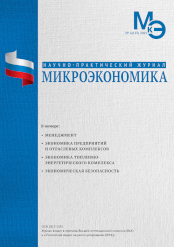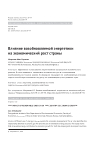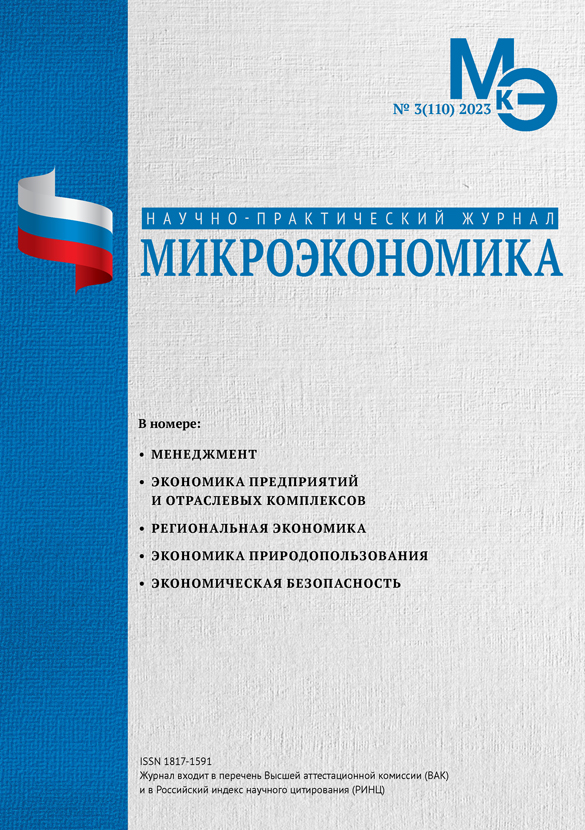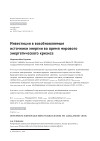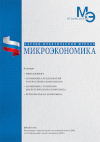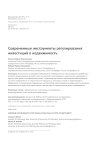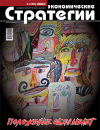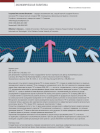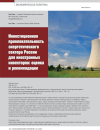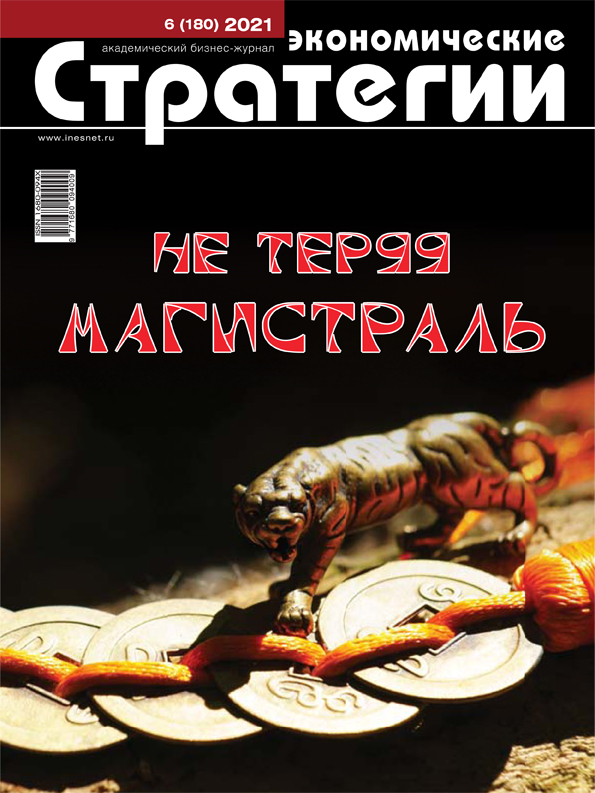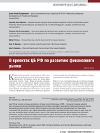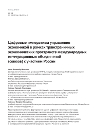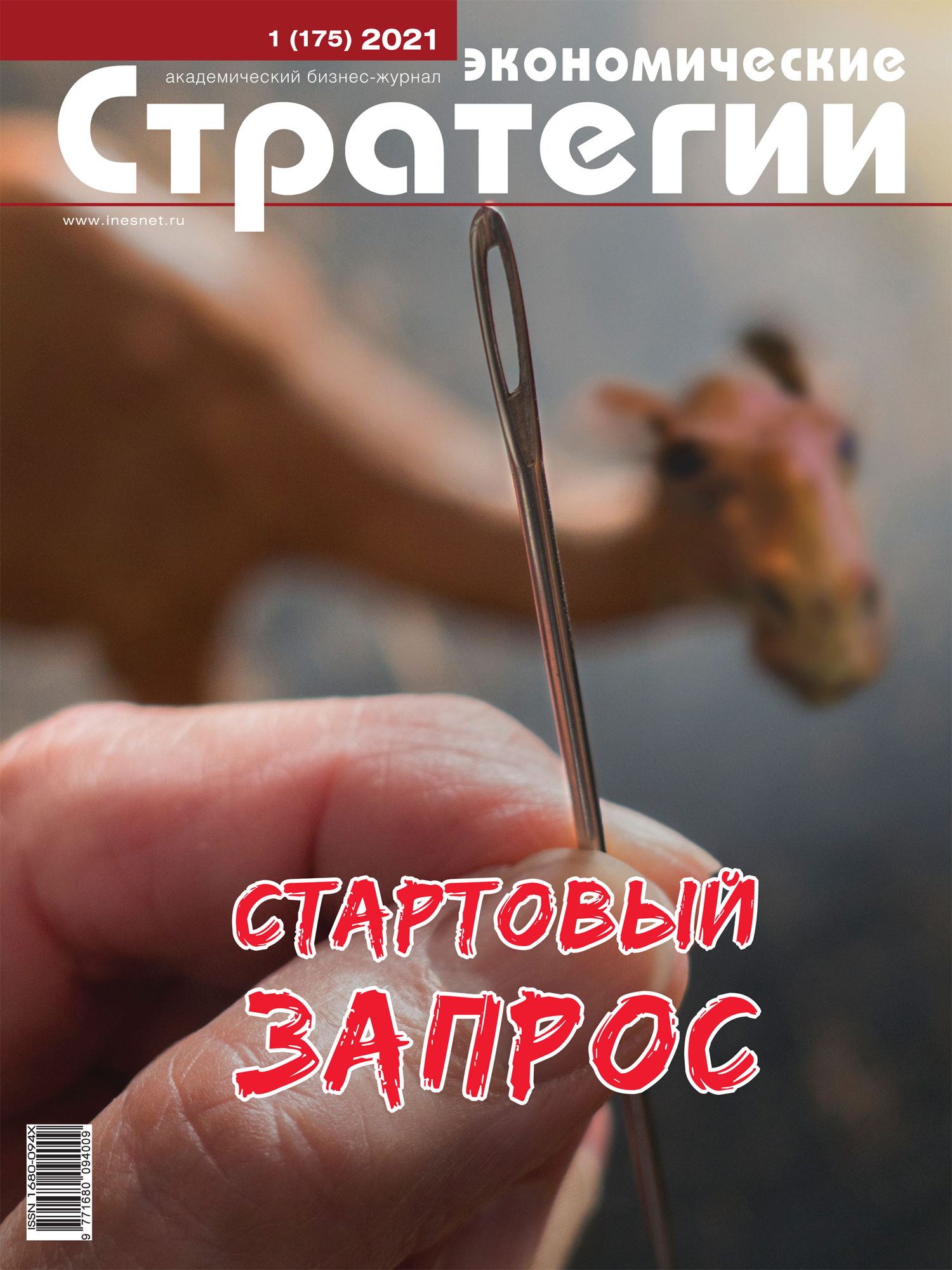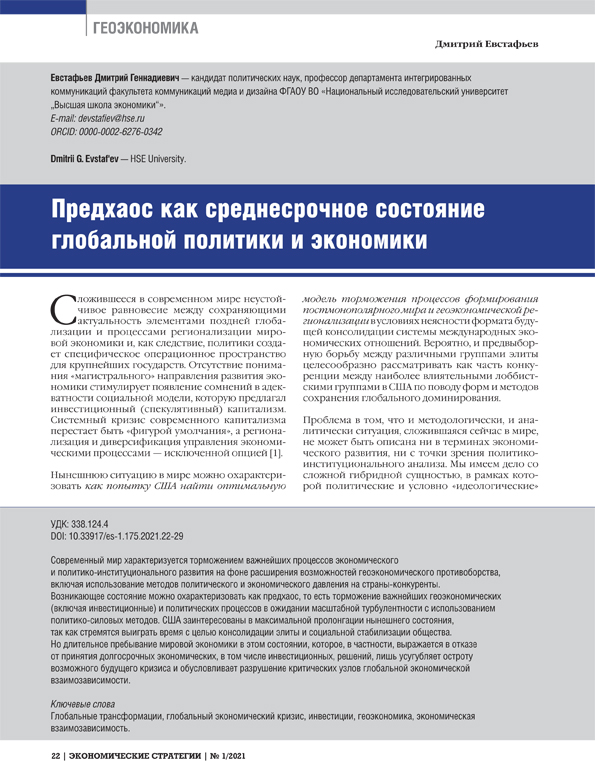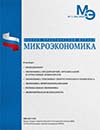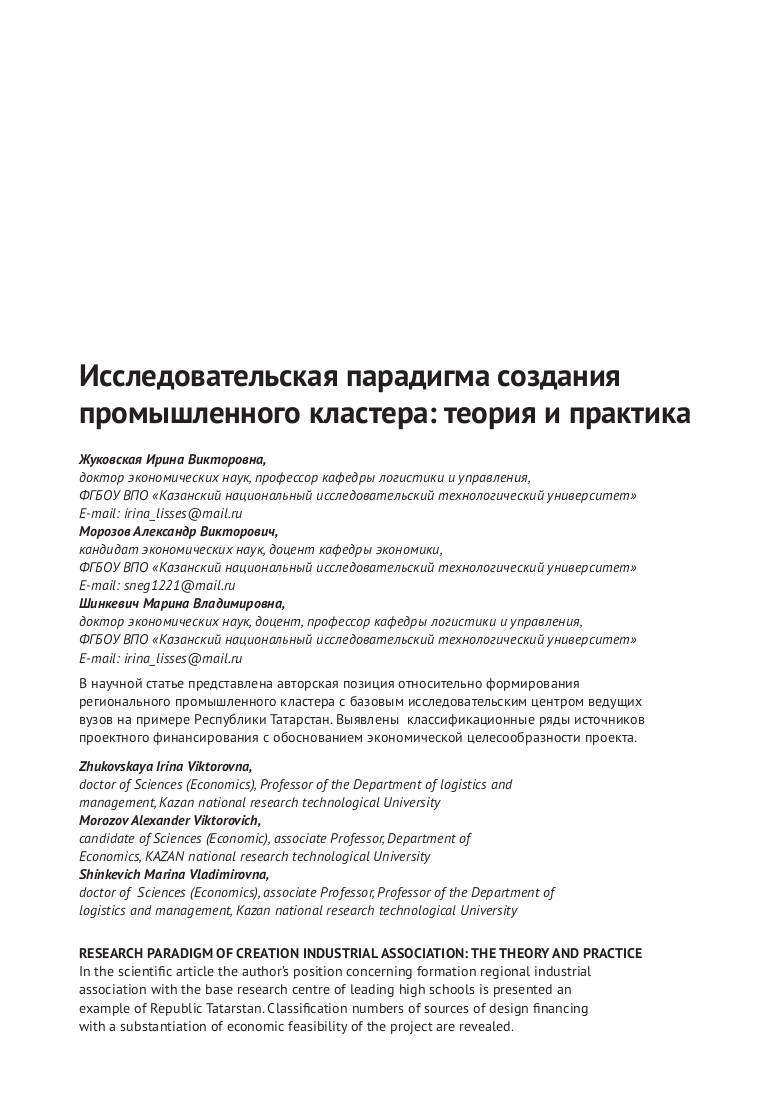The impact of renewable energy on the country’s economic growth
DOI: 10.33917/mic-6.113.2023.89-94
Efficient use of energy is a prerequisite for economic development. The article identifies the relationship between economic growth and the use of renewable energy sources. The study shows that renewable energy contributes to economic growth for both developing and developed countries.
References:
1. Armeanu D.S., Joldes C.C., Gherghina S.C., Andrei J.V. (2021). Understanding the Multidimensional Linkages Among Renewable Energy, Pollution, Economic Growth and Urbanization in Contemporary Economies: Quantitative Assessments across Different Income Countries’ Groups. Renew. Sustain. Energ. Rev. 142. doi:10.1016/j.rser.2021.110818
2. Baniya B., Giurco D., Kelly S. (2021). Green Growth in Nepal and Bangladesh: Empirical Analysis and Future Prospects. Energy Policy 149. doi:10.1016/j.enpol.2020.112049
3. Come Zebra E. I., van der Windt H. J., Nhumaio G., Faaij A.P. (2021). A Review of Hybrid Renewable Energy Systems in Mini-Grids for Off-Grid Electrification in Developing Countries. Renew. Sustain. Energ. Rev. 144. doi:10.1016/j.rser.2021.111036
4. Doytch N., Narayan S. (2021). Does Transitioning towards Renewable Energy Accelerate Economic Growth? an Analysis of Sectoral Growth for a Dynamic Panel of Countries. Energy 235. doi:10.1016/j.energy.2021.121290
5. Jenniches S. (2018). Assessing the Regional Economic Impacts of Renewable Energy Sources — A Literature Review. Renew. Sustain. Energ. Rev. 93 (October), pp. 35–51. doi:10.1016/j.rser.2018.05.008
6. Ogonowski P. (2021). Application of VMCM, to Assess of Renewable Energy Impact in European Union Countries. Proced. Comput. Sci. 192, pp. 4762–4769. doi:10.1016/j.procs.2021.09.254
7. Shrinkhal R. (2019). «Economics, Technology, and Environmental Protection», in Phytomanagement of Polluted Sites (Amsterdam: Elsevier), pp. 569–580. doi:10.1016/B978-0-12-813912-7.00022-3


